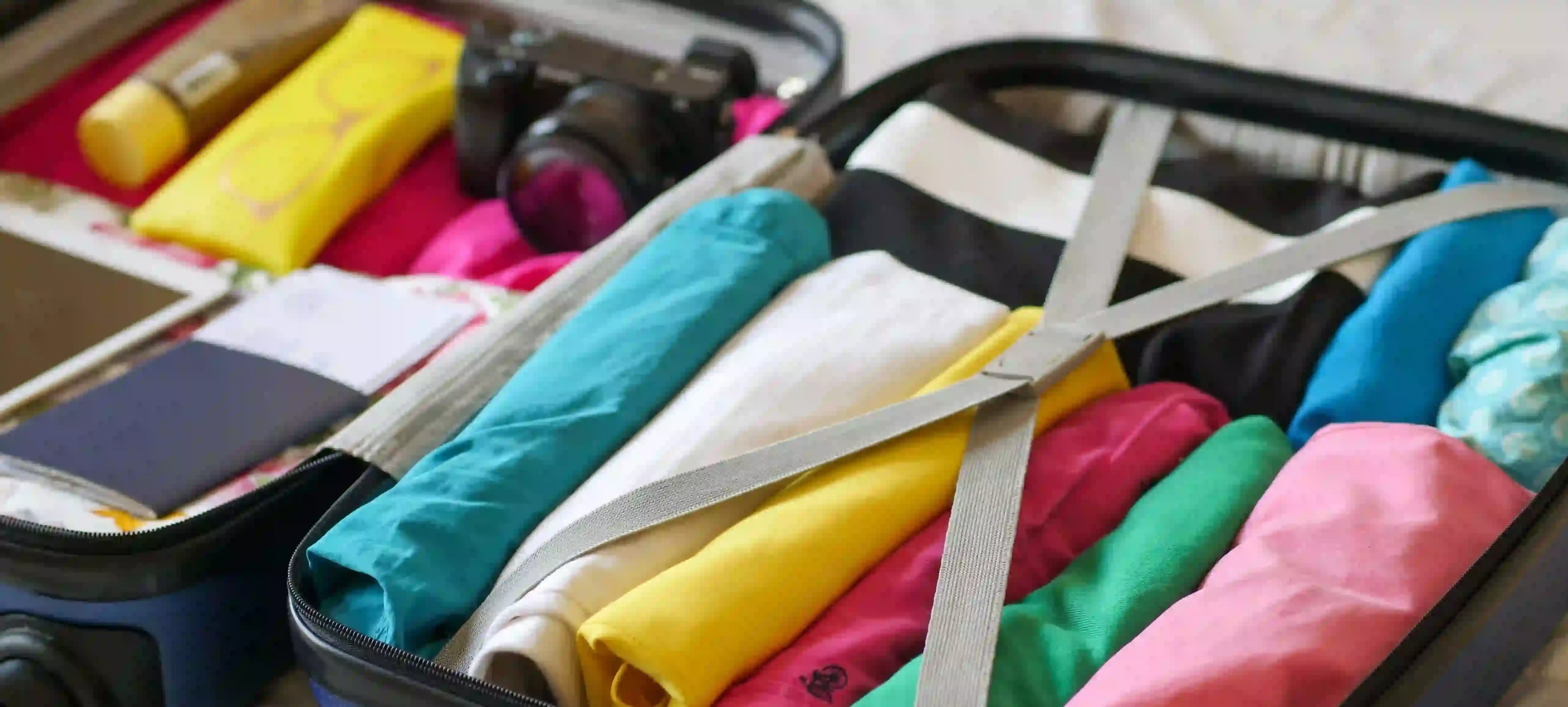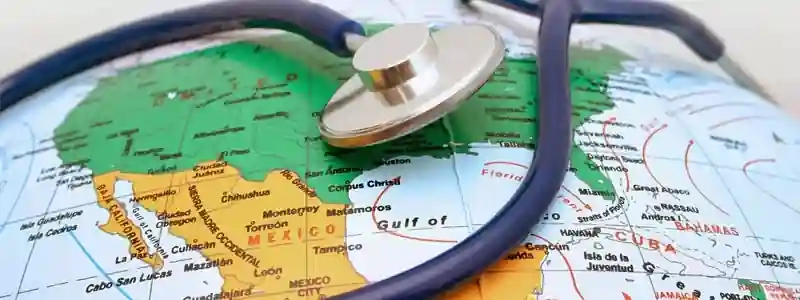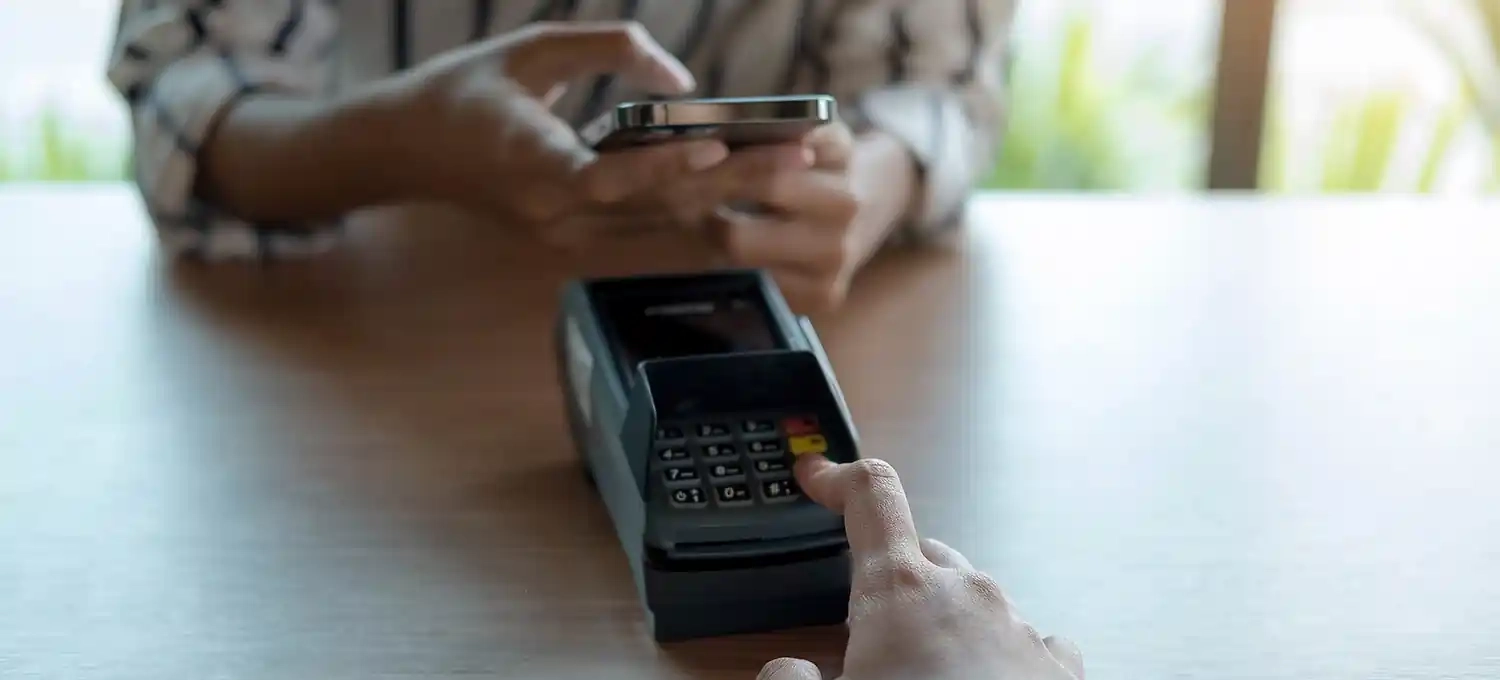Checked baggage, also known as hold luggage, is stored in the plane's cargo compartment and not in the cabin.
You can bring:
- Clothes
- Shoes
- Books
- Liquids without quantity restriction (gel, shampoo, toothpaste, etc.)
- Sharp objects (razor blades, knives, scissors, hair straighteners, depilatory machines, etc.)
- Sports equipment can usually be checked without any problems, except for certain exceptions.
- Baby strollers go in the hold and can be taken up to the aircraft door.
- Weapons require special handling to be included in checked baggage. In some countries, you can only carry them if you have a prior official permit, so we recommend checking with airlines for each country's specifications.
- Cash: Remember that the limit is usually $10,000 in cash, but it can depend on the regulations of each country.
- Pets can travel with their owners, depending on their size and weight. If they exceed the adapted measures, they must go in the aircraft's hold.
What is Prohibited in Checked Baggage?
Although you can take almost anything in checked baggage, there are several items you cannot include, such as:
- Explosives of any kind (detonators, fireworks, flares, etc.)
- Gases (e.g., camping gas canisters or similar).
- Flammable liquids (includes gasoline and methanol, paints, solvents, adhesives, and lighter refills).
- Flammable solids and reactive substances (matches, lighters, gas lanterns, etc.).
- Oxidizers and organic peroxides (bleach and similar).
- Radioactive material (includes isotopes for medical or commercial use).
- Toxic and/or infectious substances (rat poison, blood, etc.).
- Engine parts that have contained fuel.
- Electronic cigarettes.
- Lithium batteries outside their associated devices.
Permitted Dimensions and Weight of Checked Baggage
If you have a lot of luggage, the ideal is to check it in, although more and more airlines charge extra for each checked luggage piece.
The maximum allowed dimension varies by airline but generally cannot exceed 158 cm and 23 kg per person. If it exceeds 23 kg but not 32 kg, you must pay for the excess (which is usually very expensive). If it exceeds 32 kg, it must be charged as another item, and you must pay for it.
Although most airlines require the same dimensions and weights for checked luggage, some may have special conditions, so we recommend checking this information on their websites.
Can Pets Be Checked as Baggage?
Generally yes, although the specifications and requirements vary by airline. In this note, you can find all the requirements for traveling with your pet on a plane.
You also need to consider the animal transport policies of the corresponding airline. This means your pet can travel in the hold or the cabin depending on its size and weight and the requirements (cage and other elements) that its characteristics demand.
Can Musical Instruments Be Checked as Baggage?
Musical instruments are fragile items, so it is worth having all the necessary information before traveling. There are three ways to transport a musical instrument:
- As hand luggage in the plane cabin: it is necessary to check the conditions and measures of the airline. Generally, if the instrument does not exceed the dimensions of 30x120x38 cm, it can go in the cabin at no additional cost, but you will not be allowed to take anything else as hand luggage. If your instrument exceeds these measures, the only option left is to check it.
- As checked luggage in the plane's hold: conditions and measures vary by airline, but it must be as protected as possible. It is important to consider the cost for checking and excess baggage.
- You can also travel with your musical instrument by purchasing an extra seat next to yours.
Sports Equipment
If you are traveling with sports equipment, you will need to check first if your airline includes it in your ticket for free or if you need to pay extra. If they accept it without any extra charge, it counts as one item of checked baggage. Therefore, unless your ticket allows more than one suitcase, you would have to pay the fee for a second one.
Recommendatios for Transporting Sports Equipment on a Plane:
- Bicycles: They must be transported in a container; the pedals must not protrude, the front wheel must be removed and fixed to the frame, and the tires must be deflated.
- Diving Equipment: Can be transported as checked baggage, subject to weight limits and additional charges for excess baggage. The diving equipment must be prepared for travel as follows: empty the air tank, place all switches and valves in the off position, and remove all power sources and flashlights.
- Surfboards: Always subject to additional charges as these items are never included in the checked baggage allowance.
- Golf Clubs: Must be in a bag that protects them, with a padded surface, soft or hard.
Sports or bulky baggage is the first to go into the hold and also the last to come out, so you must be patient when retrieving it at your destination.
Tips for Protecting Your Baggage
Baggage security is a concern when traveling, whether it is delayed, damaged, or lost. The following security tips can be very useful:
- Identify your suitcase with your details, name, contact phone, email, etc. This way, the airline can locate you more quickly.
- A four-wheel suitcase is better than a two-wheel one; four-wheel ones are easier to handle. If a wheel breaks during the trip, the remaining ones continue to function comfortably, while two-wheel ones will be very difficult to carry if one is lost in handling.
- Keep valuables in your hand luggage. No matter how secure the suitcase and lock are, it is better to be cautious and carry valuables by hand.
- Make sure to keep the ticket that identifies your suitcase and its reference, which you receive once you check in the suitcase. Without it, you cannot make any claims.
- Travel with travel assistance so your luggage is also protected. Get a quote for your travel assistance quickly and easily with Pax Assistance at this link or on the quoter below.
Ready to pack? Have a great trip!




